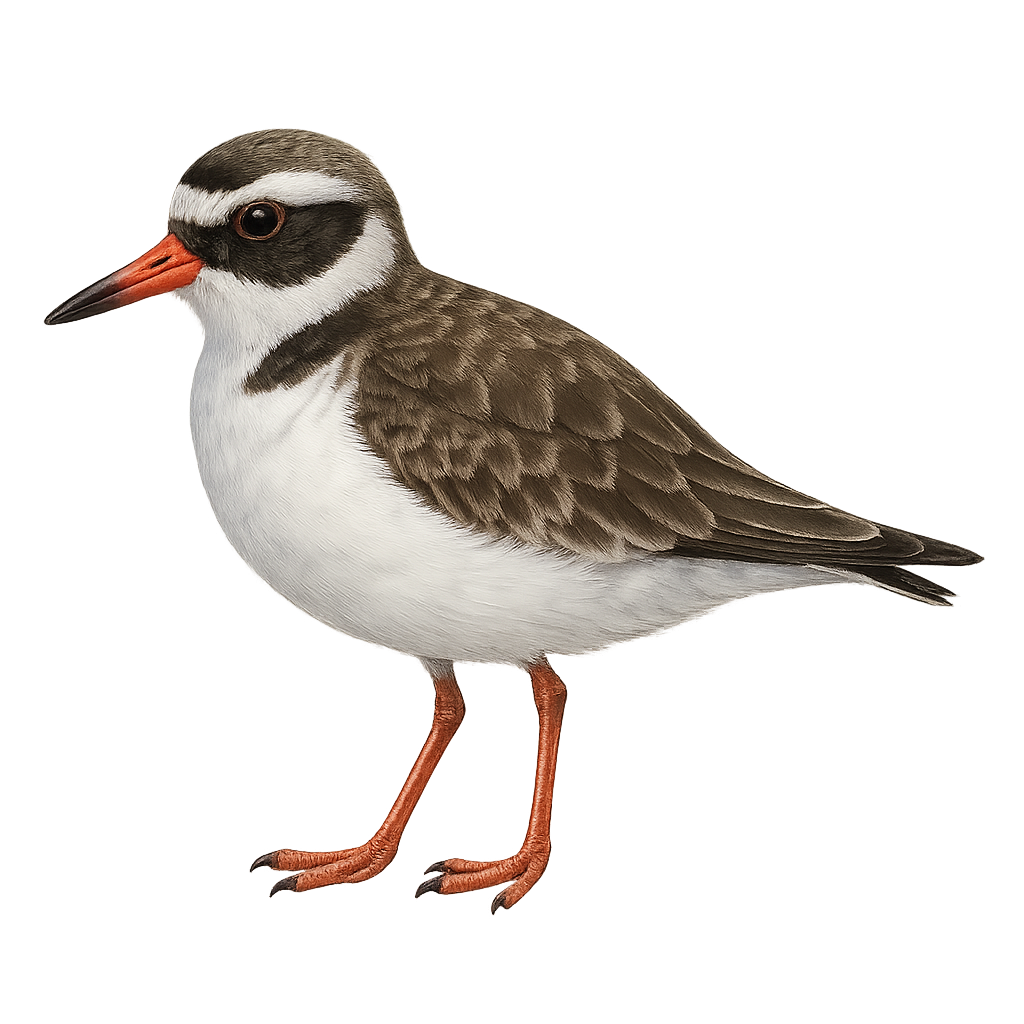Your wildlife photography guide.
Explore the new zealand dotterel in detail, study its behavior, prepare your shots.
Where to observe and photograph the new zealand dotterel in the wild
Learn where and when to spot the new zealand dotterel in the wild, how to identify the species based on distinctive features, and what natural environments it inhabits. The WildlifePhotographer app offers tailored photography tips that reflect the new zealand dotterel’s behavior, helping you capture better wildlife images. Explore the full species profile for key information including description, habitat, active periods, and approach techniques.
New Zealand Dotterel
Scientific name: Thinornis novaeseelandiae

IUCN Status: Endangered
Family: CHARADRIIDAE
Group: Birds
Sensitivity to human approach: Suspicious
Minimum approach distance: 10 m
Courtship display: September to October
Incubation: 27-30 jours
Hatchings: September to November
Habitat:
sandy beaches, estuaries, coastal areas
Activity period :
Primarily active during the day, with peak activity in the morning and late afternoon.
Identification and description:
The New Zealand Dotterel is an endemic bird of New Zealand, recognizable by its medium size and light brown plumage with a paler breast. It primarily inhabits sandy beaches and estuaries, where it feeds on small invertebrates. This bird is often seen in small groups, especially outside the breeding season. The New Zealand Dotterel is a threatened species, mainly due to predation by introduced species and habitat loss. Conservation efforts are underway to protect its nesting sites and reduce threats to its survival.
Recommended lens:
400 mm – adjust based on distance, desired framing (portrait or habitat), and approach conditions.
Photography tips:
To photograph the New Zealand Dotterel, it is advisable to use a 400mm or longer telephoto lens to capture detailed images without disturbing the bird. The best opportunities often occur early in the morning or late in the afternoon when the light is soft and bird activity is at its peak. Be patient and discreet, approaching slowly to avoid scaring them away. Use a tripod to stabilize your camera and achieve sharp images, especially when working with long focal lengths.
The WildlifePhotographer App is coming soon!
Be the first to explore the best nature spots, track rutting seasons, log your observations, and observe more wildlife.
Already 1 439 wildlife lovers subscribed worldwide

